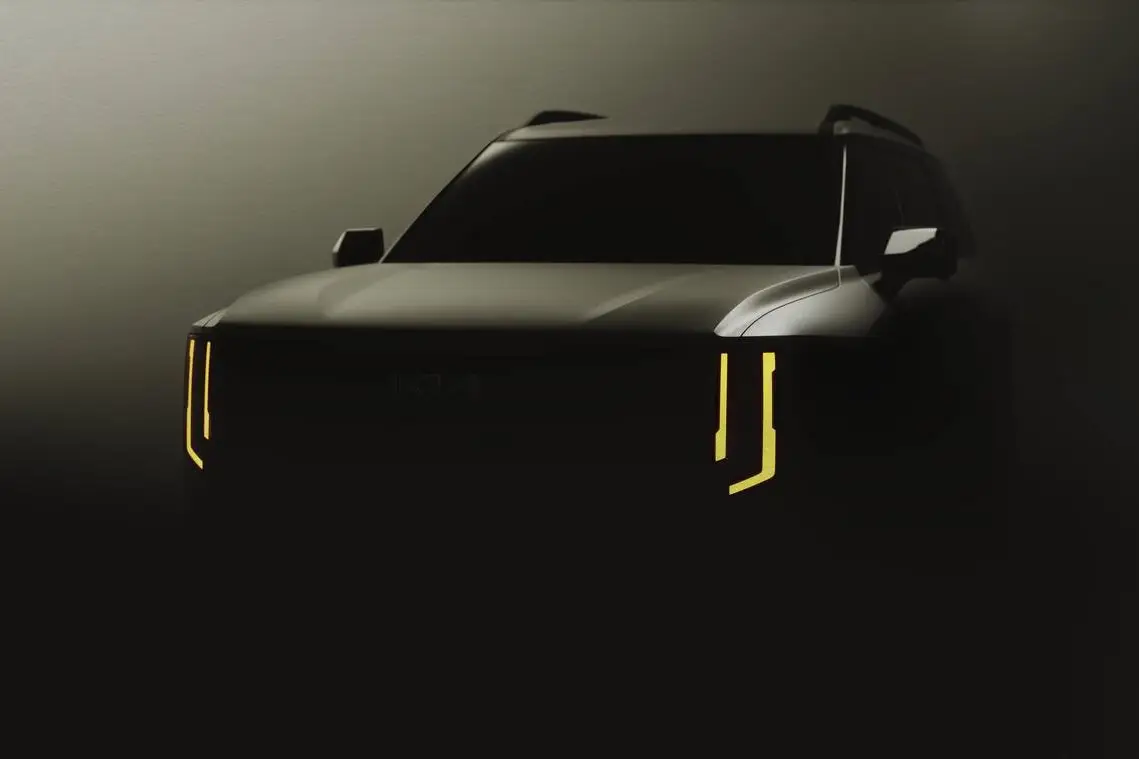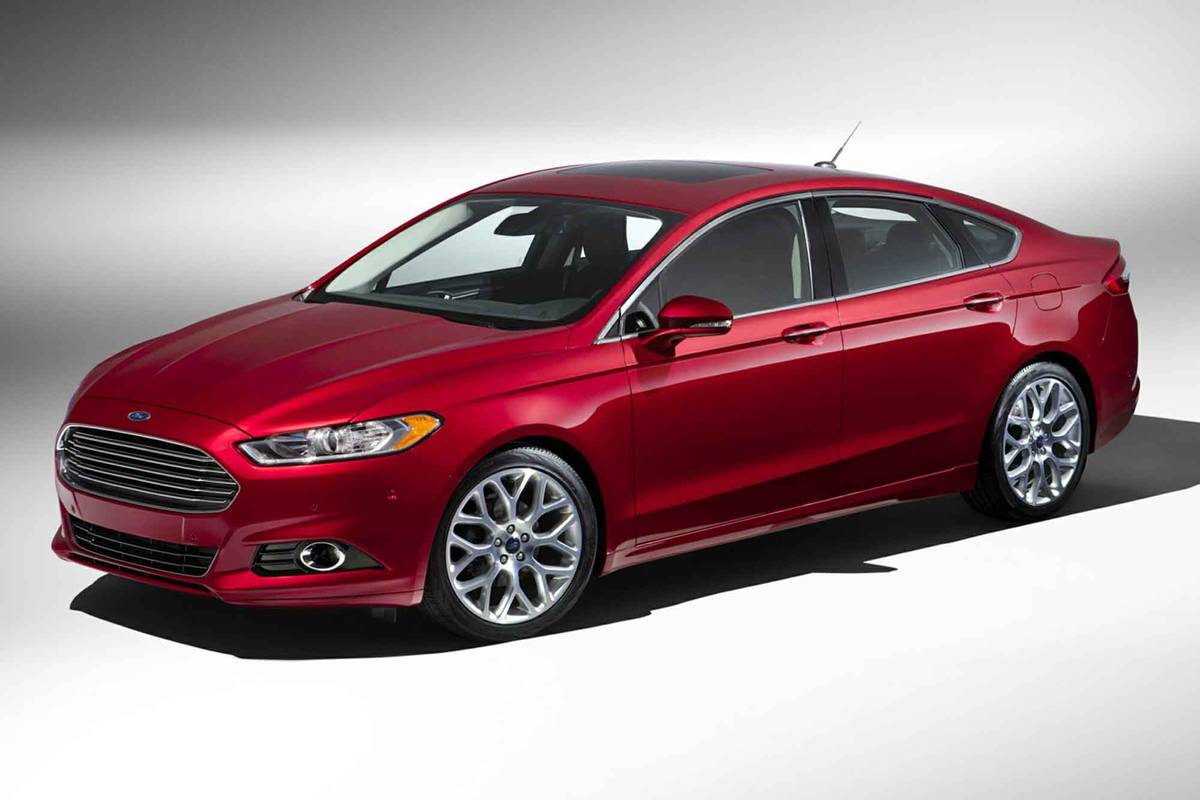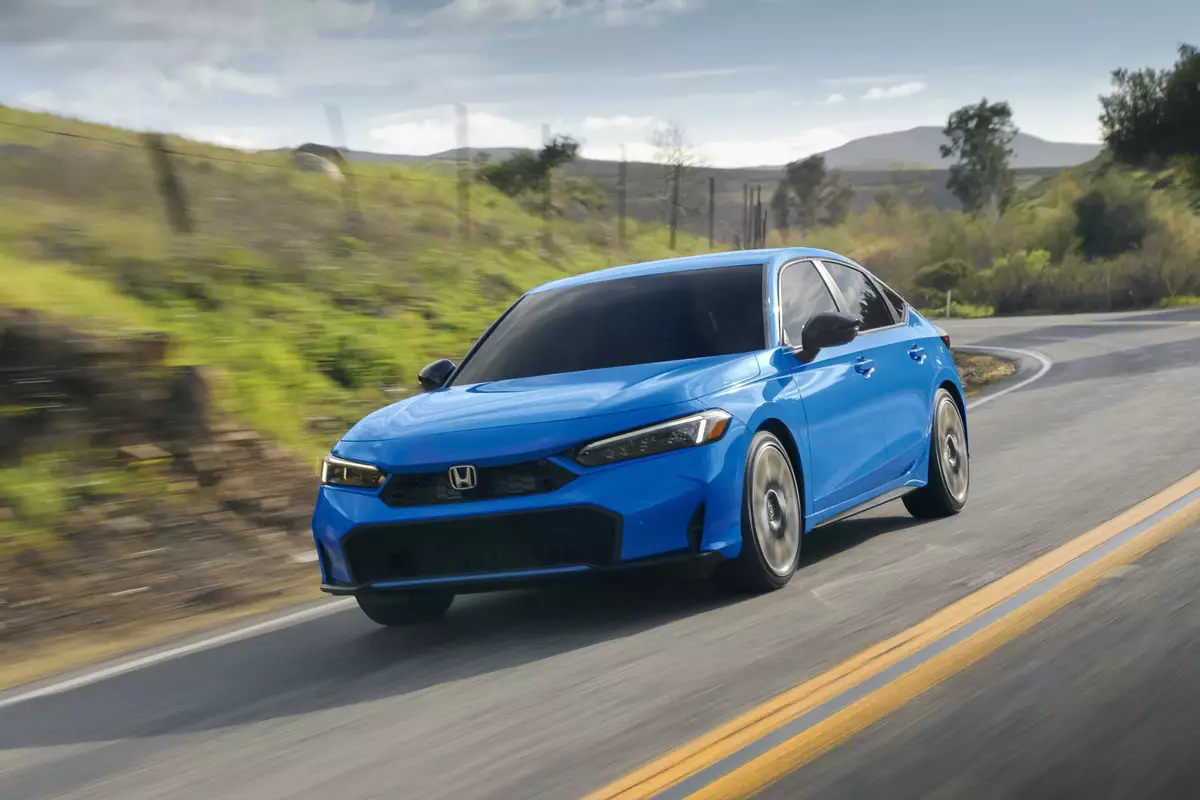washingtonpost.com's view
GREENVILLE, S.C. Ultimately, I control nothing. An illness, accident, an act of God or man could change my life instantly.
But I enjoy the illusion of control. It is the reason I drove here — 500 miles from my home in Northern Virginia — in the middle of a gathering winter storm.
Flying would have meant surrendering to someone else’s illusion of control, to an airline official’s decision to cancel or delay a flight, or to a federal agent’s order to ground an aircraft for a security check.
I did not want any of that. So I packed two small bags, got the keys to the 2006 Lexus IS 250 all-wheel-drive sedan and drove.
If control is indeed a fantasy, then the IS 250 is a control freak’s dream. It is a wonderfully responsive car. Steering is tight, precise. It feels perfectly balanced, especially on twisty, downhill roads where multiple weight transfers — some of them abrupt — could cause a lesser automobile to lose its composure.
The car’s optional all-wheel-drive system bolsters driver confidence on wet and snow-covered highways. Power shifts automatically from slipping to gripping wheels. The action is smooth, non-intrusive.
An array of other electronic defenses, including advanced traction and stability control systems, as well as electronic brake distribution and other braking assistance technology, help keep the IS 250’s driver and passengers safe.
But if incompetence behind the wheel, or just plain bad luck, triumphs over the IS 250’s active-safety system, all is not lost. The car comes with multiple air bags for knees, chests, faces, necks and heads.
A Pre-Collision System (PCS) can be installed as optional equipment in the IS 250. PCS, which costs an extra $2,850, employs a front-mounted radar sensor that constantly monitors the distance and the closing speed — the latter being the rate of speed at which one vehicle is moving toward another — of the vehicle ahead.
When PCS “determines” that a frontal crash is imminent, it preemptively tightens the IS 250’s seat belts and automatically increases the car’s braking pressure. Those electronically induced precautions can be the difference between a survivable and a fatal collision.
All of that electronic gadgetry enhances the driver’s peace of mind. But it does not necessarily do for Lexus’s performance-motoring image what the company hoped its latest iteration of IS cars would do.
The new IS 250 and IS 350 models replace the IS 300, which was introduced in 2001 as a rival of the iconic BMW 3-Series sedans. The IS 300 developed a loyal but small following of young, affluent buyers. But it never came close to threatening BMW’s top standing in the entry-level luxury market for sport sedans.
The 2006 IS 250 and IS 350 are more able competitors than their predecessor. Both are more refined, more luxurious and, for that matter, more adult than the earlier car. (There are no gee-whiz, boy-racer styling cues on the new models.) But, in consumer perception, the new IS models still run behind their famous German rival. It has something to do with horsepower and sticker prices.
For example, with its 2.5-liter, 204-horsepower V-6 engine, the IS 250 comes off as a tough sell in comparison with the BMW 325xi AWD sedan, which has a three-liter, 215-horsepower engine and a base price that is almost $1,500 lower than that of the Lexus automobile.
But I remain impressed with what Toyota Motor Corp., the maker of Lexus cars and trucks, has done here. The IS 250 did everything right on a long run covered by ice and sleet in the last 40 miles. It got me through. That is the kind of control I want. It is what many consumers are willing to pay more to get.
– – –
Nuts & Bolts
Lexus IS 250
Downside: The IS 250 is pricey in comparison with its well-equipped rivals.
Ride, acceleration and handling: Excellent ride and acceleration. Handling was superior on downhill curves. The car is an excellent long-distance runner.
Head-turning quotient: There is a certain lack of passion in exterior styling. The body hints at Porsche 911 and Infiniti G35. But it does not go either way, nor does it establish its own identity.
Engine/transmissions: The IS 250 is equipped with a 2.5-liter, 24-valve V-6 engine that develops 204 horsepower at 6,400 revolutions per minute and 185 foot-pounds of torque at 4,800 rpm. A six-speed manual transmission is standard. A six-speed automatic transmission, which also can be shifted manually, is optional. The IS 350 comes with a 3.5-liter, 306-hp engine.
Capacities: The IS 250 has seating for five people. Luggage capacity is 13 cubic feet. The fuel tank holds 17.1 gallons of required premium unleaded gasoline.
Price: The base price of the 2006 IS 250 AWD is $34,285. Dealer’s invoice price on the base model is $30,168. Price as tested is $37,725, including $2,850 in options and a $590 destination charge. Prices are sourced from Toyota, http://www.edmunds.com and http://www.cars.com , an affiliate of The Washington Post.
Purse-strings note: Compare with BMW 3-Series, Infiniti G35 and the MazdaSpeed6.
Latest news



